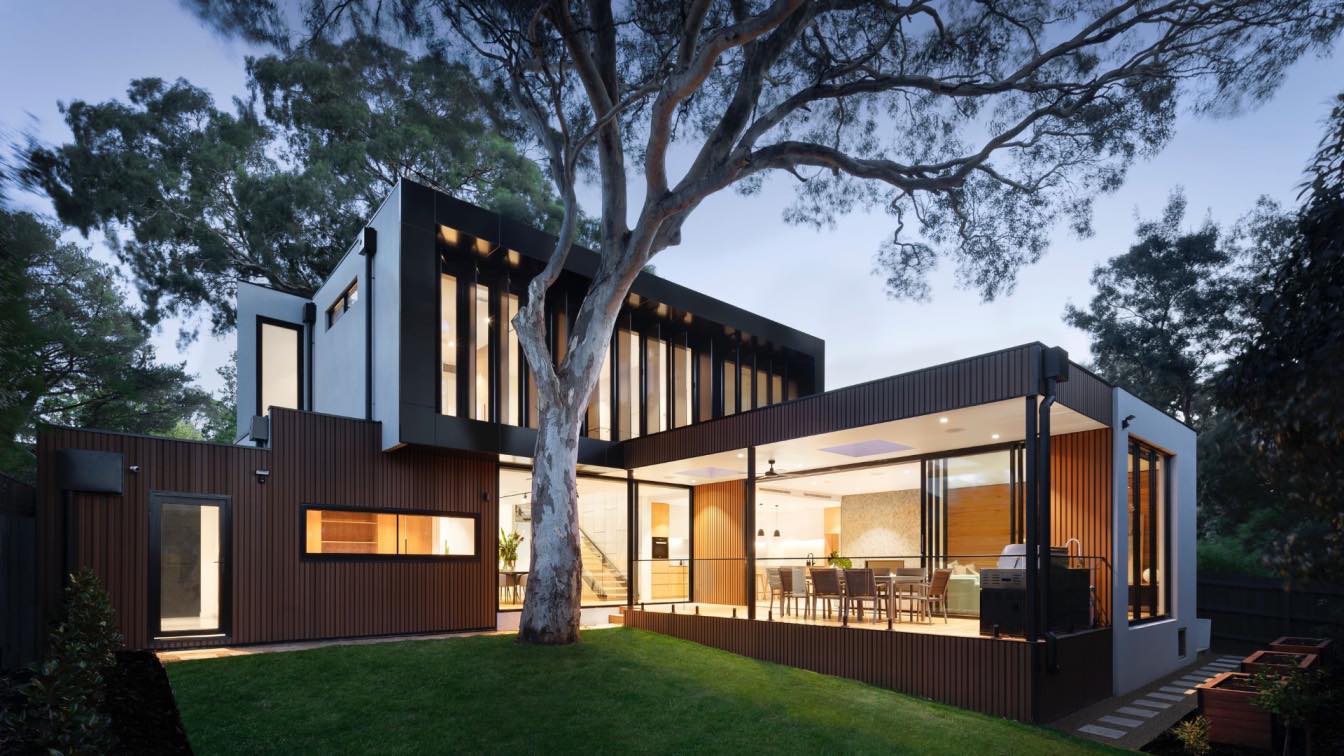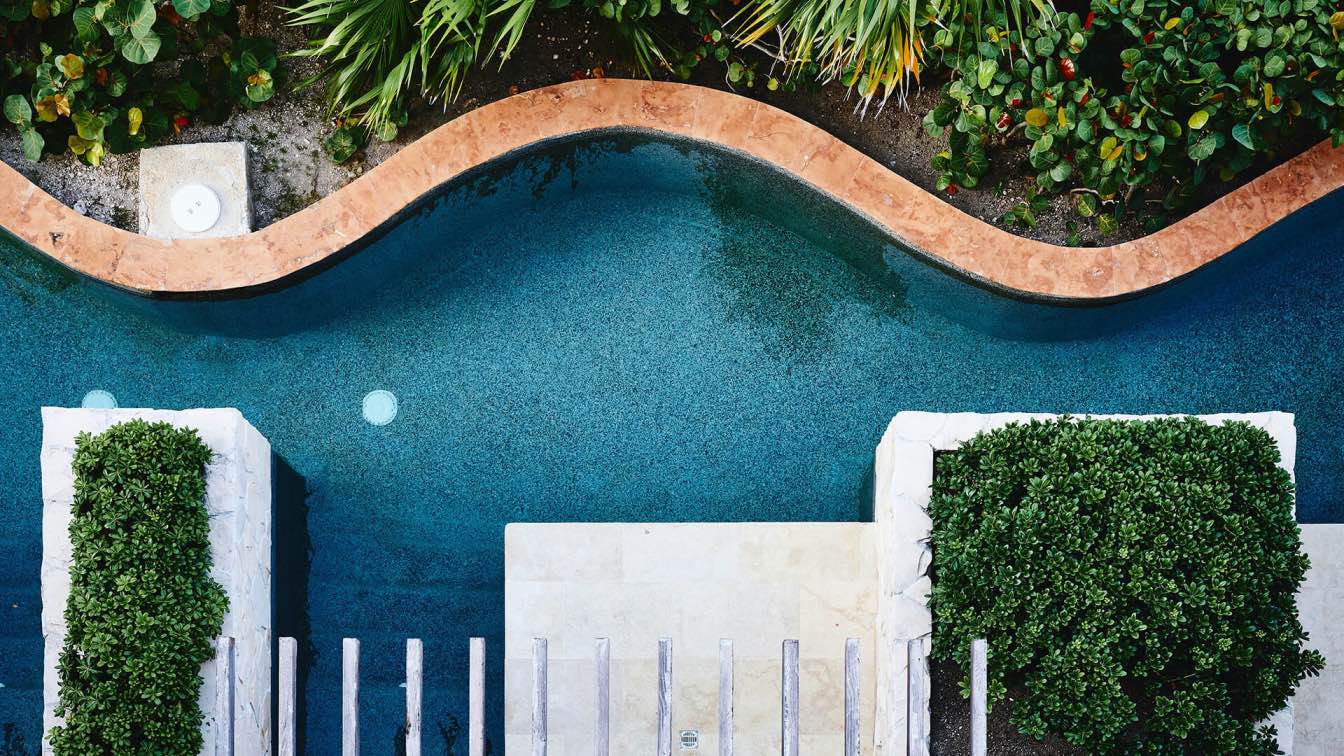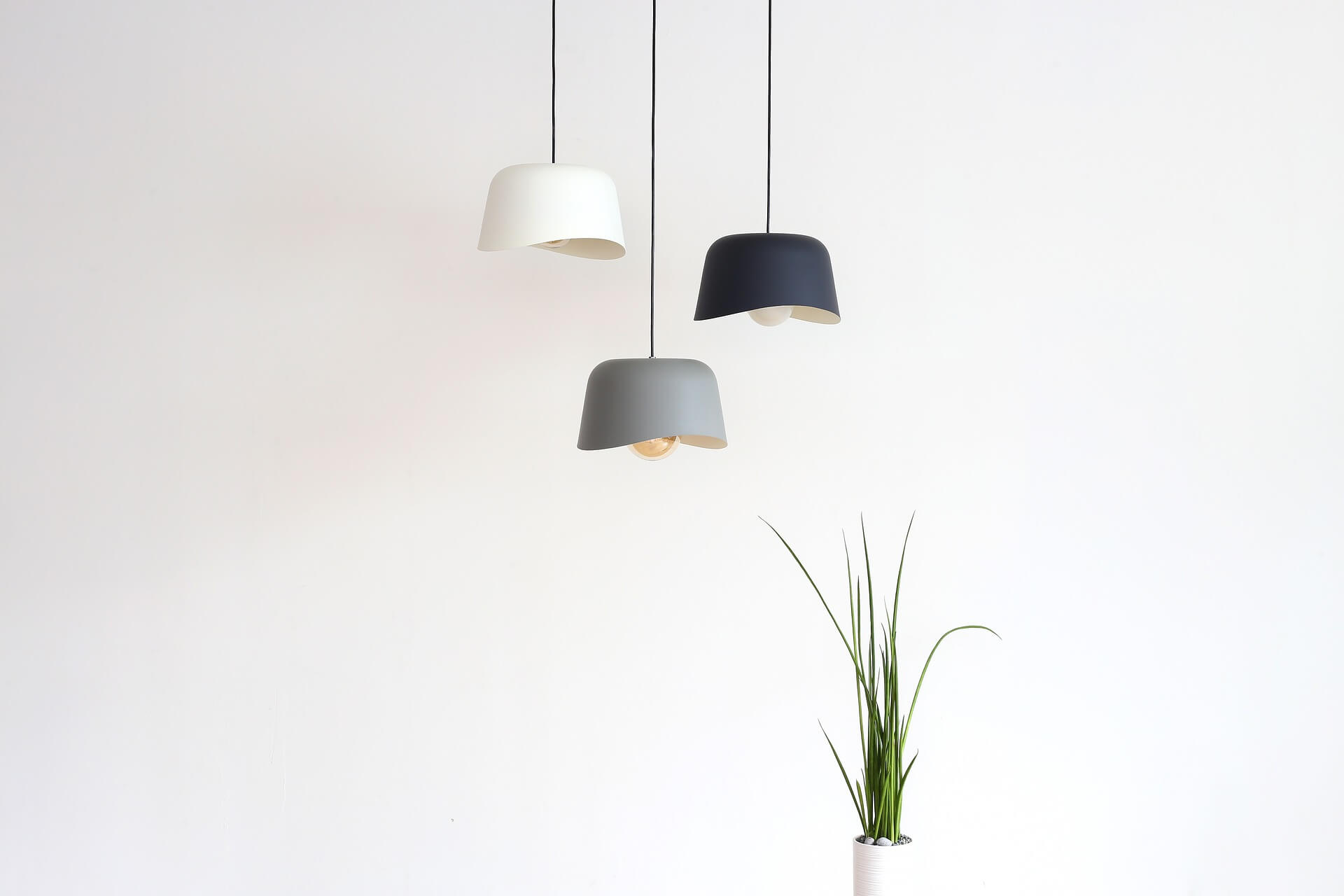Australia is known for so many things: amazing nature, diverse wildlife, and laidback culture, to name only some. But did you know that Australia has its unique style of architecture that has shaped the country’s real estate market? Of course, there are architectural trends that come and go, but notable Australian architectural achievements are here to stay as a reminder that anything is possible. So if you’re a fan of architecture looking for an apartment, or you want to learn more about Australia and its architectural styles and trends, then read on to find out more.
The climate plays a big role
Since the Australian climate differs from America, then it makes sense that it also influenced the architecture. Due to the specific climate, some adaptations had to be made to improve the living conditions. Climate also influenced the availability of materials, at least during early Australian history. Nowadays, it’s still the same, except that the solutions are focused on combating the harmful effects of climate change.
 St Marys Cathedral, Sydney NSW, Australia, image © Phillip Flores
St Marys Cathedral, Sydney NSW, Australia, image © Phillip Flores
History has made it happen
Before Europeans settled in Australia, Indigenous communities had their own forms of architecture. That architecture was diverse and creative, and it has shaped the way modern architecture looks nowadays. The early Aboriginal architecture was largely unnoticed, and when it was, its influence and success were largely diminished by European settlers.
Still, some explorers and settlers like Sir Thomas Mitchell have recognized the importance of Indigenous architecture and building styles, most notable being stone houses and houses grouped in village-like settlements.
During the British Colony, settlers mostly derived their architectural style from familiar European architecture. Since the first settlers were from England, then it makes sense that the entire early Australian architecture was modeled based on English ideas.
As time went by, Georgian architecture started to make waves, so the first Australian government buildings were made in that style. The wealthy class also preferred Georgian architecture for their homes. St. James’ Church, St. Matthew's Church, and Hyde Park Barracks are all examples of Georgian architecture.
Aside from that, 19th century Australia also saw Gothic Revival architecture, mainly when it comes to churches. Therefore, it’s not uncommon to see gothic ornaments, pointed arches, and turrets on many modern-day buildings, such as banks, insurance offices, and university buildings.
The most popular architecture styles in Australia
Australia is a diverse country, comprised of many immigrants from all over the world, which is why we can find many influences all over. Nowadays, 19th century architecture is considered to be Victorian, and it’s been the most popular one, named after Queen Victoria.
The second half of the 19th century brought another style to the surface: workers’ cottages. Those tiny cottages, although mainly small and dark, were built to accommodate the large and growing working population. In Sydney’s inner suburbs, it’s still possible to find warehouses, breweries, and manufacturing plants in this style. Although these tiny, sandstone, weatherboard cottages were damp and uncomfortable, they’re still considered hugely influential as they paint the picture of Australia’s development.
Another important style is the Federation style, popular in the late 19th and early 20th century. The federation style was a symbol of Australian national identity and pride. This is why homes were built to showcase budding nationalism.
The last emerging style was the Queenslander style (late 19th century up to 1930s), which brought an important defining trait of Australian architecture: queenslanders, which is the Australian version of Parisian pied-à-terre’s and New York-style penthouses apartments.
 South Yarra House in Melbourne, Australia by Kavellaris Urban Design (KUD), image © Billy Kavellaris
South Yarra House in Melbourne, Australia by Kavellaris Urban Design (KUD), image © Billy Kavellaris
What about today?
As technology progressed and people adopted various lifestyle changes, architecture followed suit. High-rise buildings came to the scene in the second half of the 20th century, marking the end of WWII and symbolizing the new era of progress and prosperity.
Nowadays, many people live in apartment buildings and renovated Victorian-style homes. However, the real estate market has seen an increase in demand for luxury homes and condos. Thanks to successful businesses like Rebecca Fearon real estate, make sure that the modern coastal homes get the recognition that they deserve. With the influx and rise of capital, there have been many elite-gated communities that value privacy, eco-friendliness comfort and seek architectural solutions. Coastal homes are a great representation of that.
Many architectural trends are here to stay. In 2022, the reinvention of popular historical styles is going to be prominent. Cultural appropriation is also a big trait of Australian architecture, mainly seen in the adoption of Hamptons-style housing, that mimics the luxurious homes of affluent New Yorkers.
American influences are also seen in houses known as Palm Springs houses. This type of modern architecture is best suited to the hot, desert environment. These types of homes are also characterized by whitewashed walls, stonework, and arches, all thanks to Spanish-influenced Californian homes. Garden beds, palm trees, and cacti are, therefore, the best plants to plant in the arid and hot climate.
As for the colors, recently we’ve seen the rise in popularity of darker and sober colors, such as charcoal grey. These colors are often matched with materials like stone and timber, and this trend is also seen in the home interior.
Whimsical and more neutral tones are often used in fabrics, and placed in more peaceful places such as bedrooms.
Technology and sustainability for the future
The future of Australian architecture will likely revolve around technological solutions that make living better and more eco-friendly. Solutions such as self-healing concrete are a revolutionary way to repair cracks caused by shrinkage or other issues. Nanotechnology will help with the effectiveness of solar panels since their number will increase drastically in the upcoming years. Finding sustainable alternatives to fossil fuel energy will become the absolute priority which will also be reflected in architectural trends. According to some, fully-transparent solar panels will replace transparent glass in windows, which will hugely benefit the harvesting of sustainable energy. If you're conscious of some added security to your home's exterior, check out these options https://www.titanshutters.com.au/roller-shutters/security-shutters/
Final thoughts
Australian architecture is a reflection of this country’s diverse and dynamic history. From early Indigenous efforts and 19th-century urban development to coastal luxury homes and sustainability, it’s safe to say that Australia has innovative, stable, and influential architecture to offer to the world.





